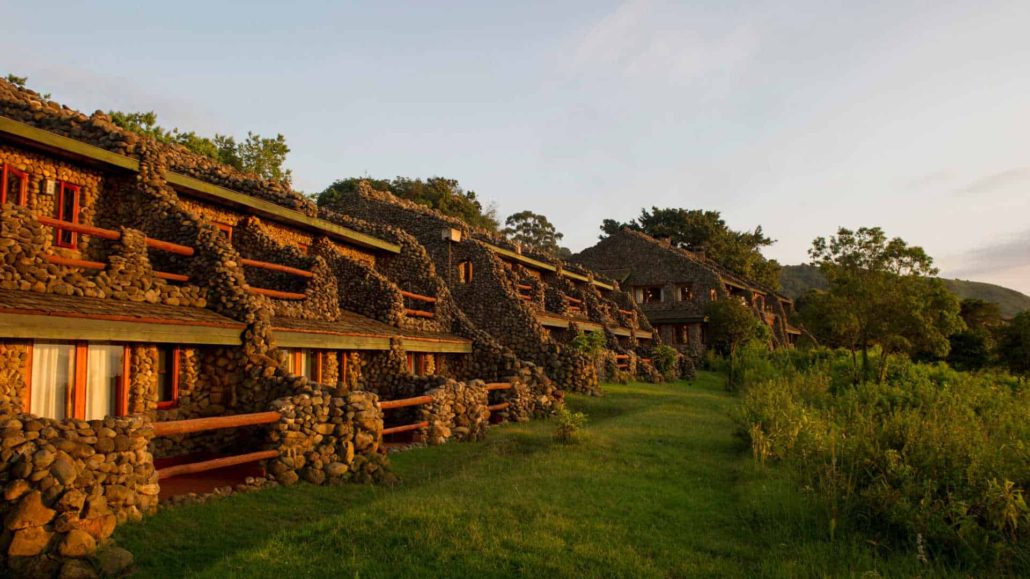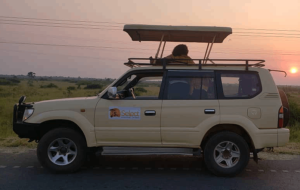Ngorongoro crater National park
Ngorongoro crater National park : In Tanzania’s crater highlands, Ngorongoro Crater National park is a protected UNESCO World Heritage Site. Arusha is 180 kilometers west of Ngorongoro. The nearby Ngorongoro crater is where Ngorongoro gets its name. Established in 1959, Ngorongoro crater National Park has an overall area of 8,292 square kilometers. Ngorongoro is a part of the Serengeti ecosystem and is bordered to the northwest by Serengeti National Park and to the south by the Serengeti plains. The wall of the East African Rift Valley defines the eastern limits of the Ngorongoro Conservation Area.
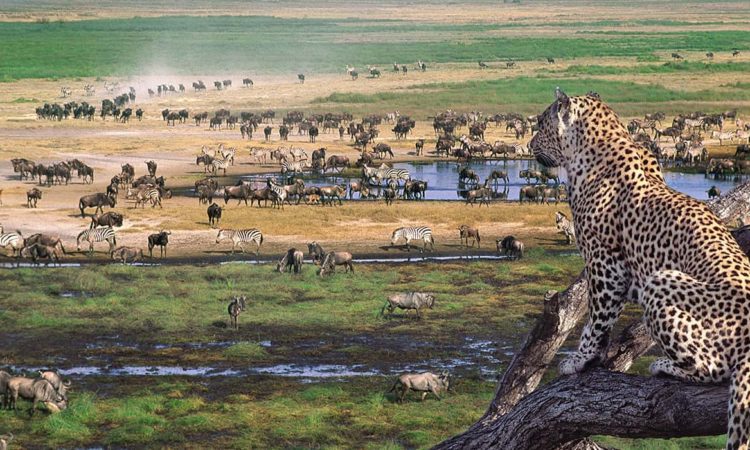
One of Tanzania’s largest protected areas, Ngorongoro draws a sizable number of tourists each year. The fauna, beautiful scenery, birdlife, and numerous calderas all entice visitors to discover this natural wonder. The Ngorongoro Conservation Area’s main tourist draw is the Ngorongoro crater.
Attractions in Ngorongoro conservation.
The Ngorongoro Conservation Area has a lot of attractions that draw tourists there in large numbers each and every year. The Ngorongoro attractions are listed below.
Ngorongoro Crater.
Ngorongoro Crater is one of the most well-known places to have a high density of animals. It is the biggest dormant, undamaged, and unfilled volcanic caldera in the world, measuring 610 meters deep and covering around 265 square kilometers. Travelers are rewarded with some very breathtaking vistas at Ngorongoro Crater. The soda lakes in the Ngorongoro crater, like Lake Magadi, draw additional bird species, including flamingos and other water birds. You can have picnics here and enjoy the scenery.
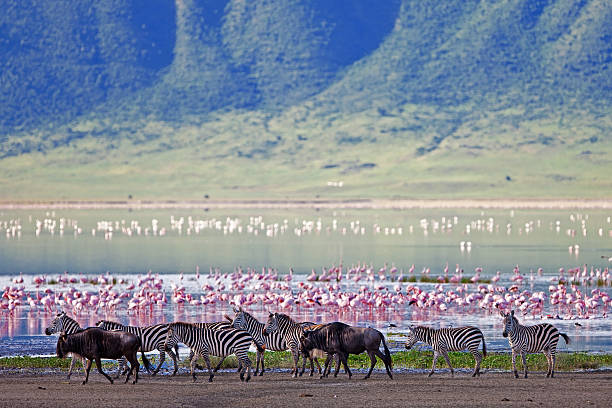
Craters.
In addition to the main crater in Ngorongoro, there are several craters in the park that tourists visit. The Olmoti caldera and Empakai caldera are two other volcanic craters that draw visitors to Ngorongoro. The former is well-known for its beautiful waterfalls, and the latter is well-known for its deep lake and lush, green cliffs.

Olduvai gorge.
The first skull of Zinjathropus was discovered in the famous archaeological site in East Africa known as the Olduvai Gorge. Many tourists come to Ngorongoro simply to see the ancient skull and learn about the evolution of man because it is a historically significant part of the Olduvai Gorge.
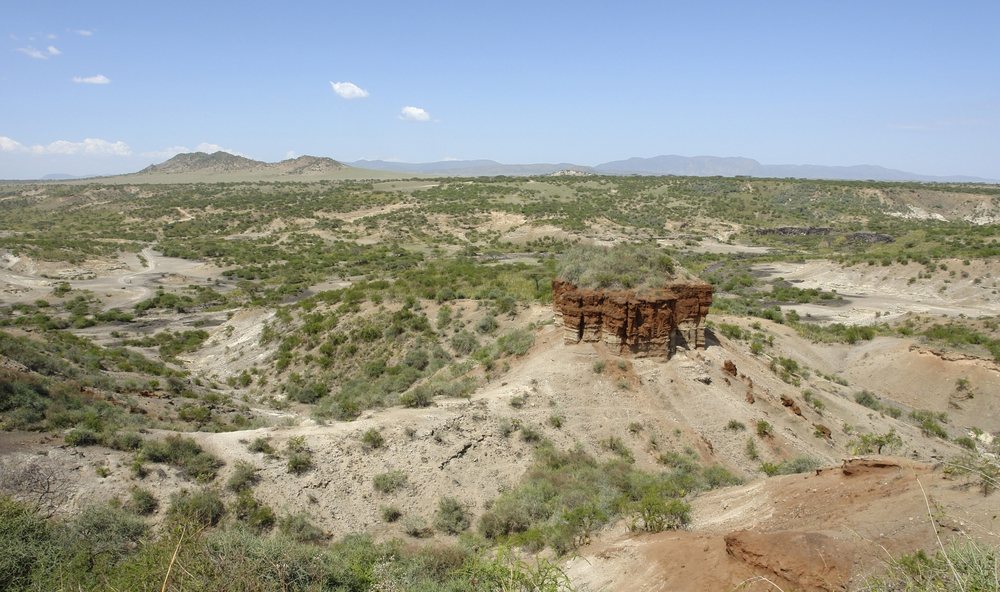
Shifting Sand
Sand dunes mysteriously move from one location to another while retaining their shape when this phenomenon occurs. The sand dunes atop the active volcanic peak of Oldonyo Lengai are thought to have moved around 10 meters to a different location every year, according to historical accounts of this moving sand.
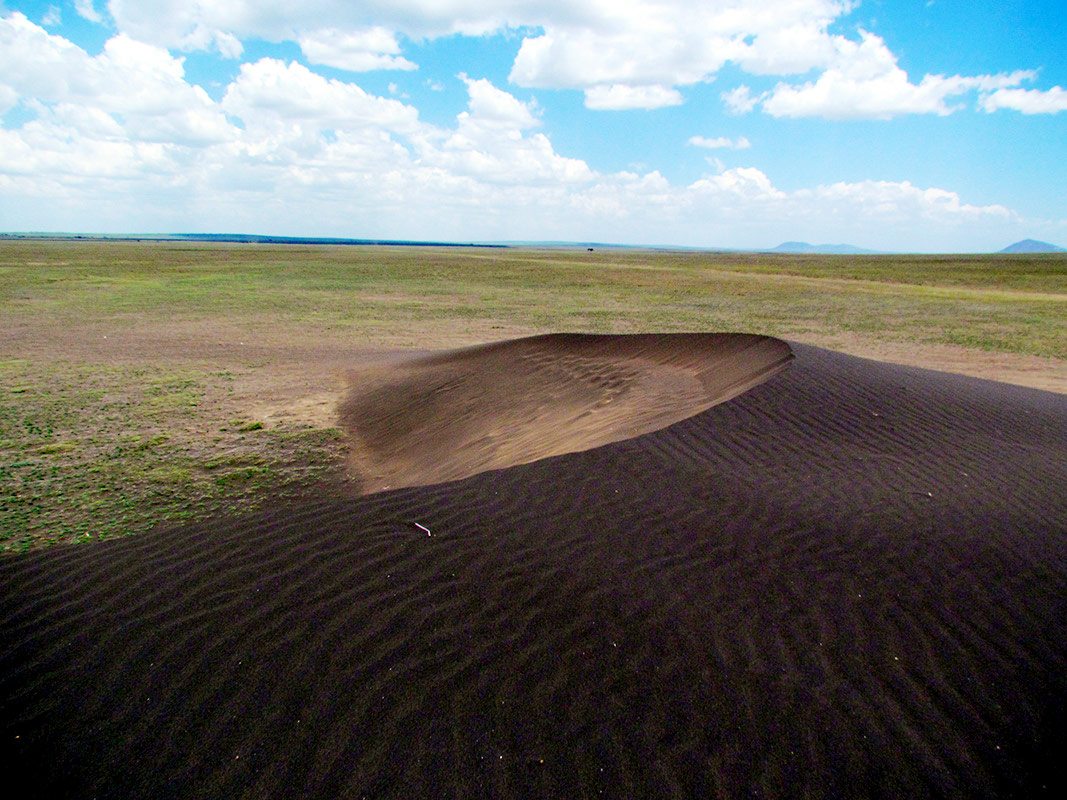
Wildlife
Wildebeests, zebras, wild dogs, cheetahs, reedbucks, gazelles, spotted hyenas, hippos, elands, blue monkeys, and a large number of other wildlife species can all be found in Ngorongoro National Park. The primary reason people travel to Ngorongoro Conservation Area is to see wildlife.

The big five
One of the rare Tanzanian national parks from which visitors can observe all five of the big cats in one location is Ngorongoro. Lions, elephants, leopards, buffaloes, and rhinoceroses are the “big five.” Due to their rarity, many visitors who go on game drives keep an eye out for the black rhinos in the Ngorongoro Conservation Area. The greatest number of lions may be found at Ngorongoro crater. Cheetahs, lions, hartebeests, and jackals all have large numbers in the Ndutu Lake area, which is to the west of the protected area. Serval cats are common throughout Ngorongoro.
Bird life in Ngorongoro
While participating in a bird watching activity, birders can observe a variety of bird species in Ngorongoro. Yellow wagtails, saddle-billed storks, ostriches, Kori bustards, and smaller flamingos are just a few of the bird species.
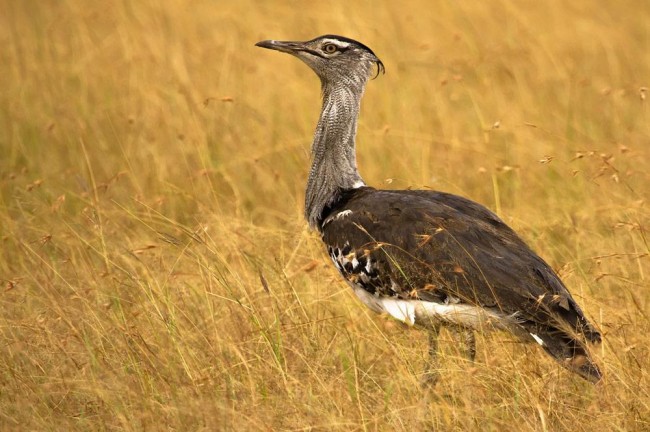
Activities in Ngorongoro Crater.
The Ngorongoro conservation area boasts of multiple activities that its frequent visitors take part in. some of the common activities includes game drives, birding watching, view of the sceneries, visiting of the oldupa museum, walking safaris and cultural encounters.
Appropriate time for visiting Ngorongoro.
The aConservation Area is accessible year-round, including during the wet and dry seasons. The greatest time to watch wildlife is during the dry season, which lasts from May to October, when the animals congregate around water sources. Tourists can still visit the Ngorongoro Conservation Area during the wet season, which lasts from November to April, to enjoy activities like game viewing when the grass is lush and green and there is plenty of room for the animals to graze freely while the predators hide behind them to catch their prey.
Getting to Ngorongoro Conservation Area .
Access to Ngorongoro is possible both by road and by air. From Arusha, travelers drive 160 kilometres and take around 2 hours to reach Ngorongoro. Use a car with four wheel drive. Travelers can reach Ngorongoro by air by taking a flight from Kilimanjaro International Airport to any of the airstrips in the region.
Accommodation in Ngorongoro Crater
Tourists can stay in a variety of lodging options in Ngorongoro, including luxurious, moderate, and affordable ones. All campsites in Ngorongoro, with the exception of Simba, are categorized as special locations where visitors must provide all the necessary amenities because they are intended for independent safari travelers. For travelers looking for the highest level of accommodation and first-rate service, luxury resorts like Ngorongoro Crater Lodge and Ngorongoro Forest Tented Lodge are a fantastic choice.
